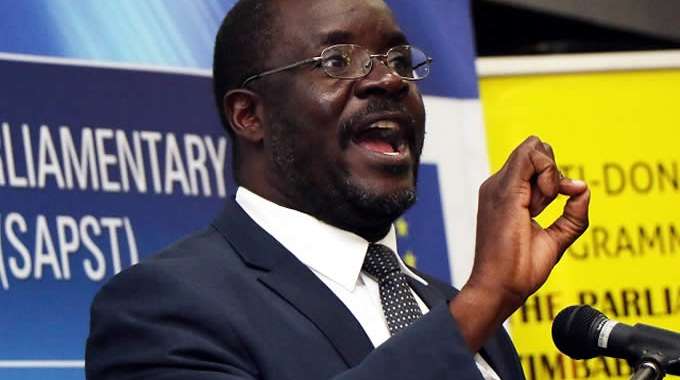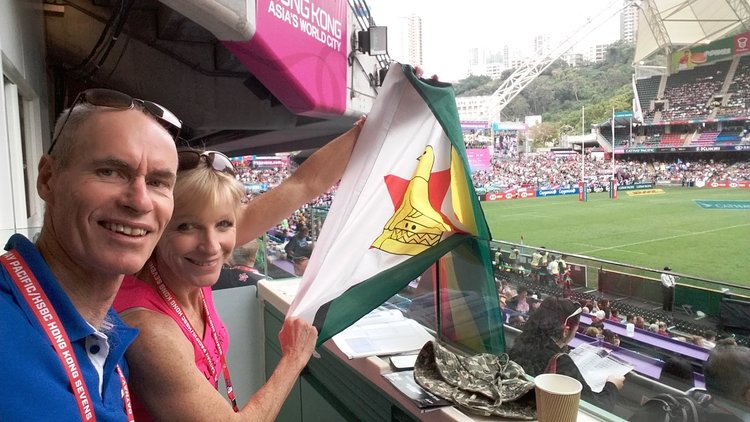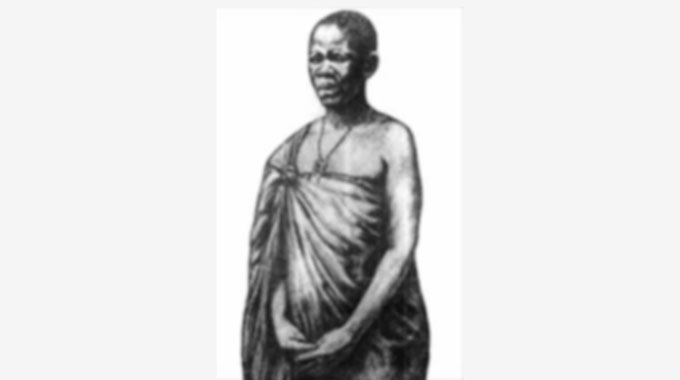Govt to open up the airwaves

Leonard Ncube at KENMAUR, Lupane
GOVERNMENT will soon craft a law that will accommodate new broadcasting players as well as protect content producers in the new digital era, a senior official said yesterday. Speaking at the end of a tour of digital broadcasting transmission sites in Matabeleland North at Kenmaur, Lupane, Secretary for Information, Media and Broadcasting Services Mr George Charamba said the Government’s conviction was on limiting entry barriers and facilitating infrastructure sharing.
He said the new law will lead to the creation of a one-stop engineering company to deal with all broadcasting issues in relation to players, as opposed to the present monopolistic set-up where Transmedia is wholly ZBC related.
“If you look currently, we were configured for a monopoly analogue system,” said Mr Charamba.
“This is a legal question to attend to and that’s where the ministry comes in on behalf of Government.
“We have to revisit the whole legal architecture and institutional framework because we can’t have ZBC doing content creation, engineering, broadcasting and monitoring.
“What we need to do is revisit the whole infrastructure framework and what’s important in my mind is to rewrite the law to take into account the multiple players in the industry and to make sure content producers are protected.”
Mr Charamba said the digitisation process would lead to the opening of 24 television channels and radio stations, a first for the country as it strives to empower the citizenry through communication.
ZBC, Mr Charamba said, would be one of the players in an industry likely to have “an explosion” due to the entry of new players.
He said at the moment, there was no law protecting film-makers.
“Essentially, what we need to do is re-invent the whole institutional framework in such a way that we can have an efficient and fair governance system,” said Mr Charamba.
“We have to rethink rapidly in setting up an institution which houses all technical skills at low cost. We are lowering entry barriers to stimulate industry and one way of doing that is to have an engineering company. I am seized with the idea of creating an institution.”
Mr Charamba highlighted four key activity areas in the new broadcasting dispensation, namely installation and maintenance of infrastructure, turning engineering assets into tradeable services by licencees, subscription management and supervision for quality monitoring.
Kenmaur transmission site is one of the completed sites to help host the 24 TV channels and six radio stations.
Mr Charamba said there was need to adopt a cost-effective model of industry players, co-hosting each other by defining common ground among themselves as opposed to what obtains in sectors like the telecoms where players do not share infrastructure.
He said this was possible even with the print media where newspaper companies can share a common distribution agent.
Mr Charamba said now that infrastructure was in place, there was need to expedite availability of decoders and set-top boxes before licensing of players could start.
He said Government was not moved by “myopic-minded communication lobbyists” still clamouring for the liberalisation of ZBC, as that had been overtaken by time.
“We are urging these educated lobbyists to move with time,” said Mr Charamba. “We cannot debate on liberalisation of ZBC now because we are changing and we are now closer to reality where we are worried about costs and content, and not liberalisation.”
Broadcasting Authority of Zimbabwe engineer Mathias Chakanyuka said the trial run of radio transmission in Matabeleland North had shown no loss of signal between Bulawayo and Hwange, stretching to Bubi, Binga and Tsholotsho districts.











Comments